Discover Miss Rae's Room Dyslexia Blogs, a comprehensive series dedicated to empowering educators and promoting effective strategies for students with Dyslexia. From different types of Dyslexia and Dyslexia screeners to signs of Dyslexia and evidence-based interventions and accommodations in the general education classroom, explore the infusion of the Science of Reading into instruction, explore school's roles in defining Dyslexia, and learn about best practices for teaching students with Dyslexia. Gain valuable insights and practical guidance to create inclusive and supportive learning environments. Start your journey towards improving outcomes for students with Dyslexia today!
|
Discover practical strategies and helpful resources for supporting students with Dyslexia in the classroom. Learn about the characteristics of Dyslexia, effective intervention techniques, and supportive accommodations to create an inclusive learning environment that fosters reading success for all students.
Dyslexia affects approximately 20 percent of the United States' population, meaning that one out of every five students in your classroom may have a language-based learning disability. As an educator, understanding Dyslexia and knowing how to support students with this condition is crucial.
However, with appropriate interventions, the majority of students with Dyslexia can become proficient readers. Reading experts estimate that 30 percent of students will learn to read regardless of instruction, while 50 percent will benefit from high-quality Tier One instruction in foundational skills. The remaining 15 percent, including students with Dyslexia, will require additional time and support to reach their reading potential, which necessitates intervention.
Effective interventions for Dyslexic students should be explicit, systematic, and more targeted than general education instruction. They should provide extra time for struggling readers and involve reduced instructional group sizes. Intervention instruction should be comprehensive, individualized based on assessment data, and employ multi-sensory techniques.
While providing direct and systematic intervention instruction, it is essential to simultaneously support Dyslexic students in accessing the Tier One curriculum.
Accommodations play a vital role in removing obstacles that hinder independent access to the curriculum. Audiobooks and recorded materials allow students with Dyslexia to access grade-level reading materials, bridging the gap between their vast vocabulary and decoding challenges. Free resources like local libraries, Bookshare, Storynory, ReadWorks, and NewsELA offer audiobooks and content-based texts for students. Check out a few of these FREE audiobook resources: -your local library -Bookshare is the largest online library of accessible reading materials, created for people with disabilities such as Dyslexia. -Storynory offers free audiobooks for younger students. -ReadWorks and NewsELA provides shorter texts and passages that are content-based.
Implementing classroom accommodations can foster a supportive learning environment for students with Dyslexia:
-Extended or Additional Time -Use Clear Language -Make Learning Multi-Sensory -Use Project Based Learning -Pair Verbals with Visuals -Use Strengths -Allow Extra Time -Give Checklists -Offer Choice Projects -Provide Direct & Explicit Instruction -Praise Effort & Encourage -Chunk Information -Provide Assistive Tech (i.e. Audiobooks, Google Read & Write, Speech to Text) -Implement a Structured Literacy approach to teaching reading Click HERE to learn more about Structured Literacy Instruction for students with Dyslexia. By understanding Dyslexia, providing effective intervention, and implementing supportive accommodations, teachers can bridge the gap between students' reading and intellectual abilities. Dyslexia is a lifelong disability, but with the right support, students can improve their reading skills and achieve success in the classroom. For more in-depth information and resources on addressing Dyslexia in the classroom, visit my blog and empower your students to overcome reading challenges and thrive academically. Happy Teaching! Miss Rae
References:
Kilpatrick, D.A. (2015). Essentials of Assessing, Preventing, and Overcoming Reading Difficulties. Shaywitz SE, Morris R, Shaywitz BA. The education of dyslexic children from childhood to young adulthood. Annu Rev Psychol. 2008;59:451-75. Doi: 10.1146/annurev.psych.59.103006.093633. PMID: 18154503. Simos PG, Fletcher JM, Bergman E, Breier JI, Foorman BR, Castillo EM, Davis RN, Fitzgerald M, Papanicolaou AC. Dyslexia-specific brain activation profile becomes normal following successful remedial training. Neurology. 2002 Apr 23;58(8):1203-13. doi: 10.1212/wnl.58.8.1203. PMID: 11971088. Learn more...Related Resources...
2 Comments
Thanks for helping me understand that interventions would be effective when there are more explicit compared to general education instruction. I hope that my sister can find a school like that, because their son might have this condition wherein he has a hard time identifying similar-looking symbols of letters. If he is diagnosed, they should hire a private dyslexia tutoring service to help him cope as he grows older.
Reply
I'm so happy that this blog post was helpful to you! The Science of Reading asserts that a structured literacy-based approach is the best approach to teaching reading. The structured literacy approach to reading is highly recommended at the Tier One level. A structured literacy-based approach emphasizes highly explicit and systematic teaching of all important components of literacy, from decoding and encoding to reading comprehension and written expression. It also emphasizes oral language abilities essential to literacy development, including phonemic awareness, sensitivity to speech sounds in oral language, and the ability to manipulate those sounds. This is exactly the type of instruction recommended for teaching students with Dyslexia! So with this approach, many students with Dyslexia are successful in the general education curriculum and do not require any specially designed instruction.
Reply
Leave a Reply. |
Proudly powered by Weebly
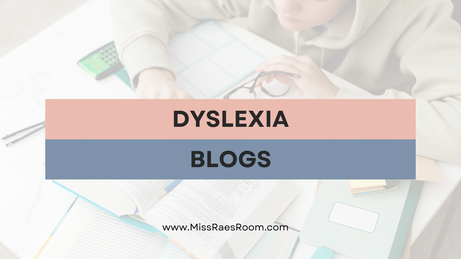
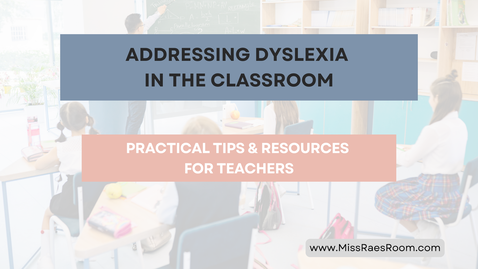
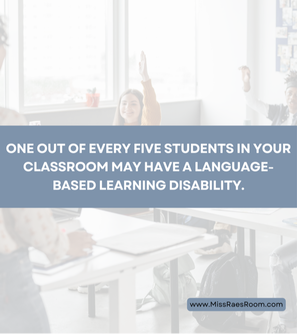
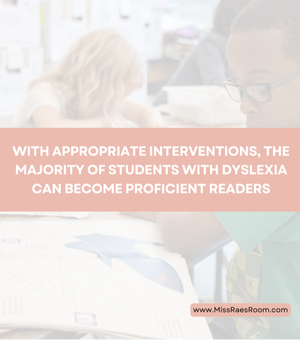
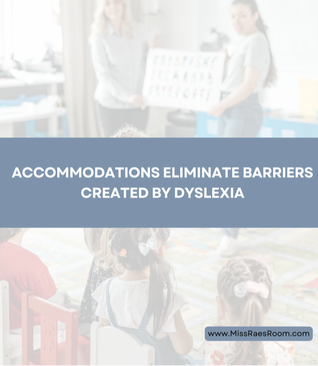
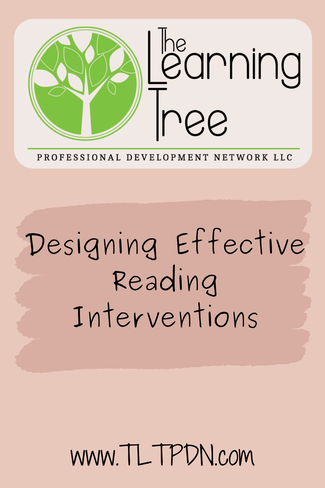



 RSS Feed
RSS Feed